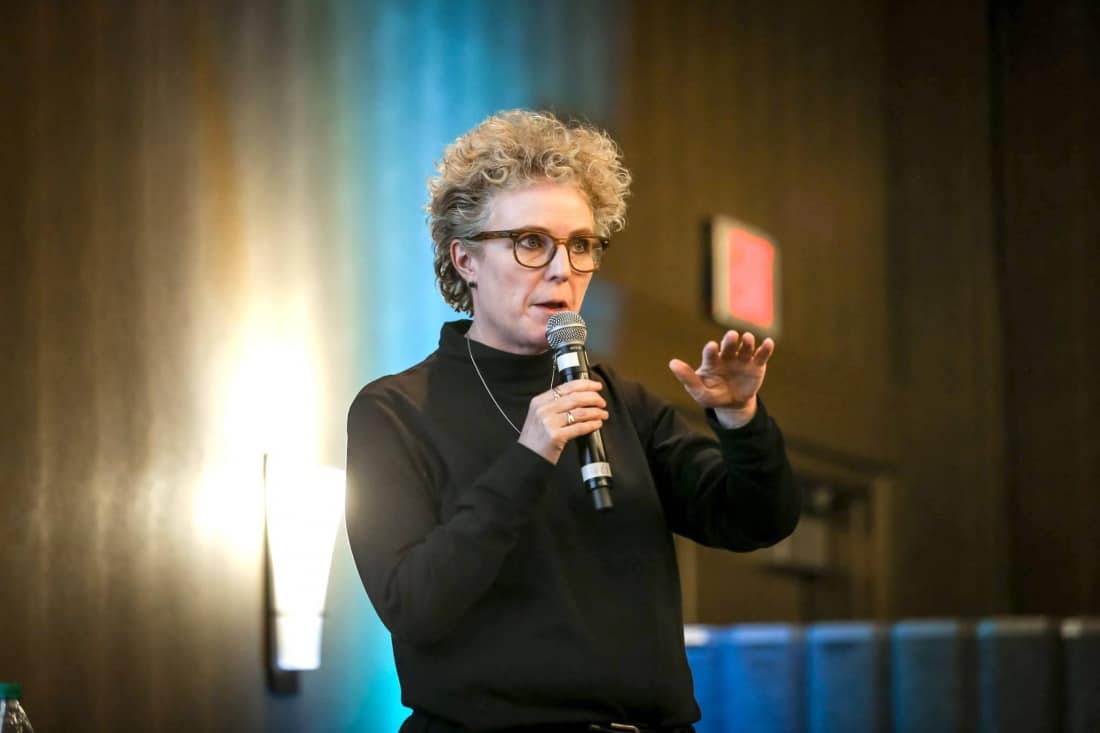
Professional-development conferences are typically meant to leave you feeling more confident than when you first arrived. But after NASH — an annual student journalism conference — I am preoccupied with thoughts about how other papers do it better.
NASH is a long-standing tradition, now in its 81st iteration — which was subtitled with the theme “Refine” this year. The session topics emphasized the need to build our capacity to report on public institutions, workplace accidents and climate change, among other journalism fundamentals, to improve the way in which we report on our communities.
Of course, we don’t go to NASH for self-congratulatory pats on the back for all of our successful stories. We go to learn from industry professionals who encourage and teach us to report on the stories that we think are beyond our competency level.
As writers, it seems daunting to jump into journalism — especially when there seems to be so much you don’t know when you’re first starting out — but the best way to get over that fear is to engage in it wholeheartedly.
The Sheaf has the incredible privilege to be a student-owned and -operated paper, and that comes with the freedom to take risks and try new things. At the conference, Sheaf delegates were able to network with other up-and-coming journalists, swap best practices and see how different student papers stack up against others. And even if the Sheaf isn’t on the cutting edge of student journalism, we’re not far behind either.
From covering student protests to holding the university accountable for financial decisions, our editors and contributors are pushing the limits on what they thought they were capable of reporting on as students. Before you can be cutting edge in your industry, you need to build up that capacity and confidence.
The most valuable thing that I learned at NASH was that student journalists are real journalists. Sure, our comfort levels with sensitive subjects are lower than a professional reporter’s comfort level would be, and we will inevitably make mistakes along with way, but we don’t have to stick to covering safer topics because of that.
The Signal at the University of King’s College School of Journalism reportedly has the most reporters in their newsroom compared to the daily papers in Halifax. And as some Canadian newsrooms are shrinking, student papers are covering local stories on court cases and city hall.
Student journalists are in a unique position, because even though they have one foot in the door of the industry, they aren’t taken as seriously as actual reporters. At the end of the day, those thoughts will only limit your work as much as you let it.
For someone like Susanne Craig, an investigative journalist with The New York Times and keynote speaker at NASH, there is a learning curve that you have to face head on. She went from contributing at the Gauntlet, the independent student publication at the University of Calgary, to eventually reporting on the intersection of politics, money and government for some of the biggest newspapers in Canada and the United States.
If you are an aspiring journalist, you are doing yourself a disservice if you passively wait around for opportunities to fall in your lap. A journalism degree isn’t required, as long as you can prove your aptitude, but you need to develop a portfolio and actually get writing first.
You have to go outside your comfort zone, attend those conferences and evaluate where you are and how much you need to improve your work. Now’s the time to do it before leaving the safe embrace of post-secondary education.
While I recognize that journalism may not be everyone’s thing, I hope that you can still identify at least in part with this sentiment. Maybe, you have your own version of NASH that you attend and a Susanne Craig of your own to look up to — and if you don’t, now is the time to find what you are passionate about and try your hand at it.
—
Nykole King / Editor-in-Chief
Photo: Mariah Wilson / Supplied